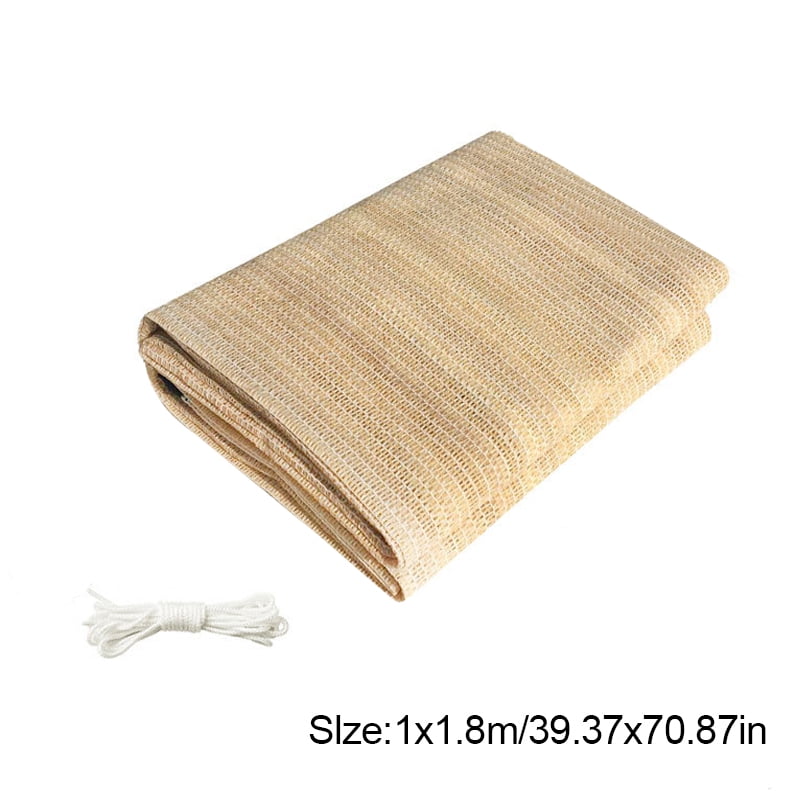
It is a woven polyester fabric that is treated on both sides with a proprietary coating process, making it reversible. Top Gun Vision is made from acrylic-coated polyester. It differs from Phifertex in that the polyester yarns are woven first and then vinyl coated on the top and bottom to lock the weave in place. The creation of Soltis 86 is a patented process ensuring it remains dimensionally stable and retains its shape in a variety of applications. In terms of mesh shade fabrics, Soltis 86 sits at a slightly higher price point compared to Phifertex. Soltis 86 by Serge Ferrari is made from 100% vinyl-coated high-tenacity polyester. These fabrics vary slightly in price depending on which line of Phifertex you choose. The vinyl-coating on these mesh fabrics combined with their Microban ® antimicrobial treatment adds extra mold, mildew and odor protection to each yarn for optimal durability.

Then once it’s woven, it goes through a tentering process where the weave is straightened and heat is applied to “lock” the fibers together. In the manufacturing process, each yarn is encased in vinyl before the fabric is woven. Vinyl-coated polyester is a composite material made from polyester that is coated in multiple layers of vinyl to add strength, UV resistance and greater abrasion resistance.
#Shade cloth plus
Phifertex Standard, Plus and Stripes fabrics are made from 100% vinyl-coated polyester. Both of these fabrics are ideal for marine awnings and shade sails, especially those in large commercial areas. They boast great dimensional stability, a high strength-to-weight ratio, and will not tear or fray if they’re cut or pierced.

Parasol and Polytex are made from 100% high-density polyethylene (HDPE), an inherently mold and mildew resistant fabric. Understanding the various weaves will give you a better idea of how these shade fabrics function. When you see them in person, you may notice different weaves on Phifertex and Soltis 86 products. Now that we've covered the unique weaves of Polytex, Parasol and Top Gun Vision, let's move on to our other shade fabrics. After construction, the fabric is then perforated, allowing for visibility and light to filter through while still offering excellent privacy and shade. Essentially, it's a 100% woven polyester fabric with an acrylic coating. Vision is a perforated version of Top Gun cover fabric. Top Gun Vision is a bit different from the rest of our shade fabrics. The open lockstitch design is also beneficial because it helps the product resist wind damage, reduce heat buildup, and resist UV rays and fading. This helps to ensure that the fabric will not tear or fray if it is cut or pierced. Parasol and Polytex are knitted shade fabrics created utilizing a lockstitch method called raschel knit, which knits a monofilament thread and tape together.


The construction of a shade fabric can have a big impact on its appearance and performance capabilities. Below you'll find the range of shade factors as they pertain to our popular shade fabrics. For shade sail fabrics such as Parasol, Polytex and Top Gun Vision, lighter colors will have a lower shade factor and darker colors will have a higher shade factor, but we'll come back to the function of color in a later section. Applications that do not experience as much direct sunlight could pass with having a lower shade factor. In an outdoor location that experiences intense sun and heat, such as a pool or patio, it may make more sense to choose a fabric with a shade factor that is as close to 100% as possible and that features a high percentage of UVR blockage. It’s possible for a fabric to let in more light but still block harmful UV radiation. Even when visible light can come through a fabric, the shade factor is not always directly proportional to the UV blockage. While many factors can influence this percentage, from the openness of the weave to the color and composition of the fabric, you’ll want to determine which is the most important for you. This is expressed as a percentage, with 100% being complete light blockage. In simpler terms, the shade factor of a fabric is how much shade can be seen beneath it on a sunny day. Shade factor means how much a shade cloth absorbs or reflects visible and invisible light (ultraviolet radiation).


 0 kommentar(er)
0 kommentar(er)
